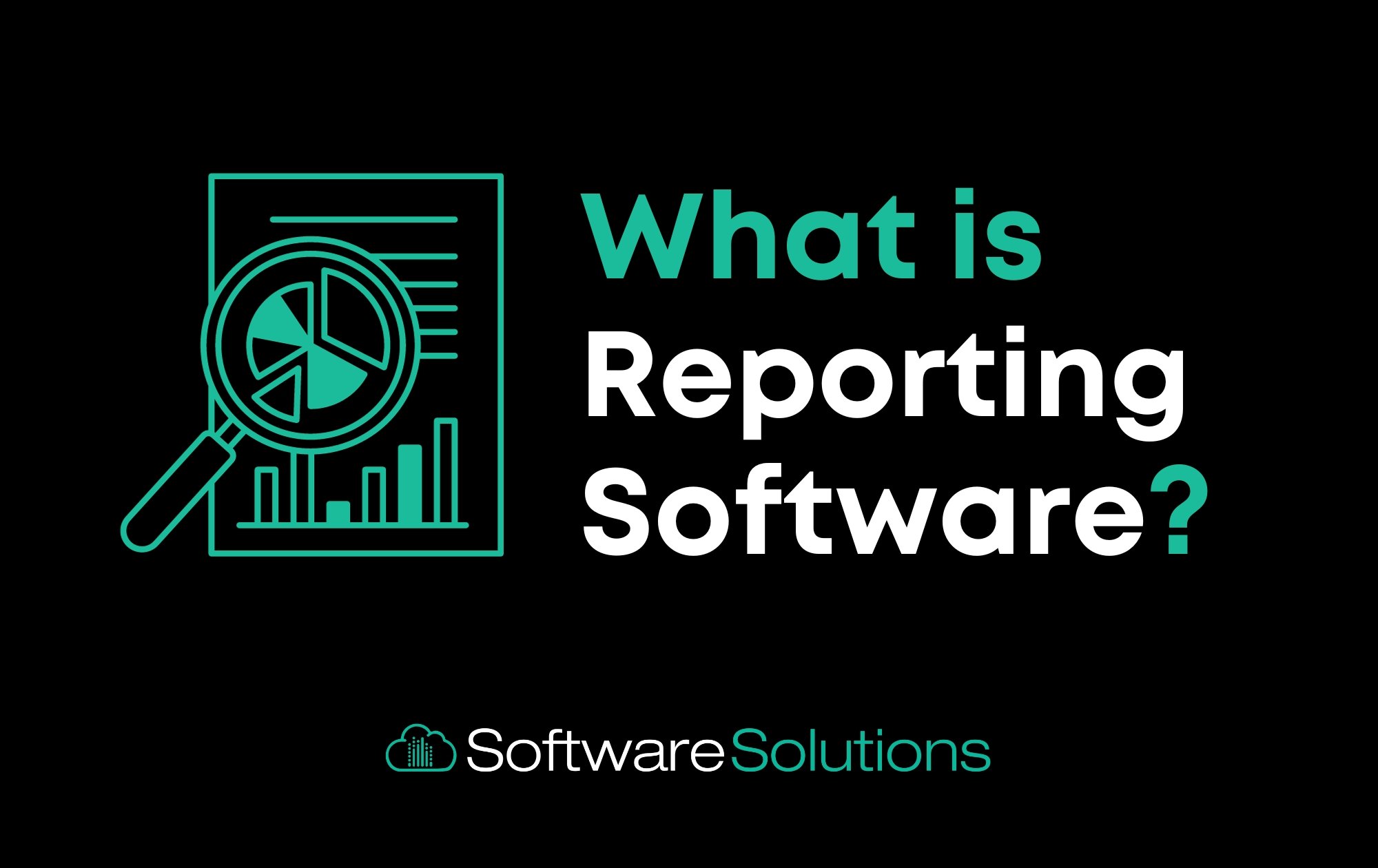5 min read
What is Reporting Software?
Nov 9, 2023 10:20:50 AM

In the local government space, we often hear talk of "reporting" and its corresponding software. It's a fairly vague term that applies to multiple industries and positions, so we're going to dive in and explore the term.
What is "reporting"?
In the realm of local government, "reporting" typically refers to the process of compiling and presenting information about various aspects of government activities. This could include financial reports, performance reports, status updates on projects, or reports on specific issues within the community.
A reporting system, often referred to as reporting software or reporting tools, is a type of computer program or software application designed to generate, organize, and present data in a structured and meaningful way. These tools are commonly used to extract, transform, and display data from various sources, such as databases, spreadsheets, and other data repositories.
Annual reports are comprehensive reports that include information on funds, restrictions and planned uses of resources, measurements of expenditures and revenues, short- and long-term assets, financial statements, budgetary compliance, cash basis reports, and more.
Here are some other types of reports you're likely familiar with:
-
Cash Balance
-
Encumbrance
-
Expense and Revenue
-
Project Audit Trail
-
Aged Accounts
-
Payment Batch
-
Receipt Reconciliation
-
Utility Rate Analysis
-
Accruals
-
Deduction Balances
-
And so many more...
What is the purpose of reporting software?
Reporting software serves several key functions:
-
Data Extraction: It can connect to various data sources, extract relevant data, and consolidate it for reporting purposes.
-
Data Transformation: Reporting tools often allow users to manipulate and clean data, applying filters, calculations, and other transformations to prepare it for reporting.
-
Report Generation: These tools create various types of reports, such as tables, charts, graphs, dashboards, and more, to visually represent the data.
-
Customization: Users can often customize the appearance and layout of reports to suit their specific needs, including adding logos, titles, and branding elements.
-
Automation: Reporting software can be set up to generate reports on a scheduled basis, ensuring that data is regularly updated and available for decision-makers.
-
Distribution: Reports can be distributed to relevant parties via various channels, such as email, web portals, or printed documents.
-
Data Analysis: Some reporting tools offer basic data analysis capabilities, allowing users to perform calculations, trend analysis, and other data exploration.
Reporting software is used in various industries and sectors to help organizations make data-driven decisions, track performance, monitor key metrics, and communicate information effectively.
The choice of reporting software depends on an organization's specific needs, the complexity of its data sources, and the level of customization and interactivity required for reports.

What is SSI reporting software like?
Each VIP module has flexible and accurate reporting capabilities. Our VIP Suite contains two common report formats: data grid reports and formatted reports. Data grid reporting and formatted reporting are two distinct approaches to presenting and visualizing data in the context of business intelligence and reporting. Each method has its own set of advantages and use cases for making informed decisions about how to communicate and analyze data effectively.
Data grid reporting primarily focuses on displaying raw data in a tabular format, often resembling a spreadsheet. It provides a structured layout with rows and columns, making it suitable for data exploration, filtering, and sorting. Data grids are typically text-based and are well-suited for detailed data analysis.
Formatted reporting emphasizes the presentation of data in a visually appealing and well-organized manner. It uses various formatting elements like charts, graphs, colors, fonts, and images to make data more accessible and comprehensible. Formatted reports are designed for conveying summarized and meaningful insights.
-
VIP Budgeting & Analytics - this is a highly sophisticated and easy-to-use budgeting, reporting, and strategic planning software. It improves reporting with visual tools and drill-down capabilities. In this module, standard and ad-hoc reports can be easily created and formatted. Data is available in real-time, allowing instant reporting of the current status.
-
VIP Accounting - within this module, dashboard reports provide key metrics and data specific to the user. You can export any data grid to create custom reports on the fly. This module also links with all other VIP modules so your data is up-to-date.
-
VIP Payroll & Human Resources - this module contains reporting features that enable you to export any data grid to create custom reports in Excel, Word, PDF, and other formats. Comprehensive reporting, including pension reporting, is included along with full integration into the VIP Accounting system. You can also automate monthly reporting requirements.
-
VIP Utility Billing - in this robust module, you can view and report on all the accounts (active and inactive) related to a landlord or customer. You can also go to any period and print reports on-demand.
Via VIP Cloud, all of our modules can be accessed online and are even mobile-friendly. So, you can do reporting on-the-go, at home, or in the office.
Next Steps
If you want to find out more about our software and its reporting capabilities, set up a meeting with us. We'd love to answer all of your questions!
Related Posts
VIP Analytics ~ Software Solutions
VIP Analytics is a budgeting, forecasting, analysis and reporting tool that provides real-time and...
Streamlining the Audit Process
In the realm of financial management and compliance, audits stand as a crucial checkpoint for any...
ClearGov & VIP Analytics: A Match Made in Heaven
Budgeting season is a whirlwind. There are policies that need to be followed, data to be analyzed,...

